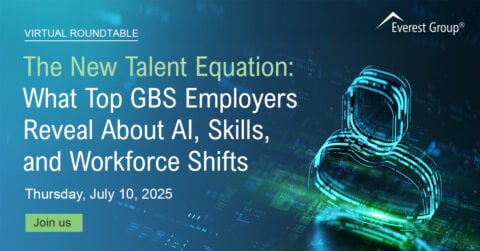Reimagine growth at Elevate – Dallas 2025. See the Agenda.
Filter
Displaying 1-10 of 337
July 10, 2025
9:30 am – 11:00 am EST | 7:00 pm – 8:30 pm IST
Virtual Roundtable
1 hour 30 minutes
Future-Proofing Your Workforce: Harnessing Skills and Work Intelligence | Webinar
On-Demand Webinar
1 hour
Unleash America: The Skills Intelligence Playbook | Roundtable
May 7, 2025
12:30 PM - 1:20 PM | PDT
Caesers Forum, Las Vegas












